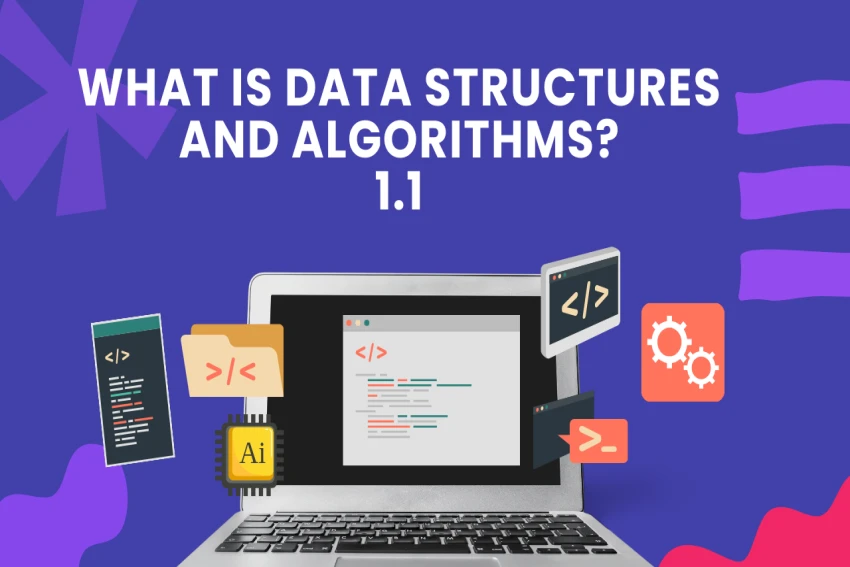
When we talk about computer science and programming, two terms that often come up are Data Structures and Algorithms. These are the building blocks that make software efficient, scalable, and capable of solving real-world problems. Whether you are a beginner learning to code or an experienced developer aiming to sharpen your skills, understanding data structures and algorithms (DSA) is absolutely essential.
A Data Structure is a way of organizing, storing, and managing data so that it can be used efficiently. Think of it as a container where information is placed in a particular format so that we can access, modify, or delete it when required.
Different types of problems require different data structures. For example:
Arrays: Store data in a linear sequence (like a list of student marks).
Linked Lists: Store data in nodes connected by pointers, useful for dynamic memory allocation.
Stacks: Work on the principle of LIFO (Last In, First Out), like undo/redo operations in text editors.
Queues: Work on the principle of FIFO (First In, First Out), like ticket booking systems.
Trees: Represent hierarchical data, such as a family tree or file system.
Graphs: Represent relationships between objects, such as social networks.
Hash Tables: Provide fast access to data using keys, like dictionaries.
In short, a data structure decides how data will be stored and retrieved.
An Algorithm is a step-by-step procedure or a set of rules for solving a particular problem. You can think of it as a recipe in cooking: given some ingredients (input), follow a set of steps to prepare a dish (output).
In programming, algorithms are used to manipulate data structures and perform tasks like searching, sorting, and optimizing results.
For example:
Searching Algorithms: Finding an item in a list (e.g., Linear Search, Binary Search).
Sorting Algorithms: Arranging items in a sequence (e.g., Bubble Sort, Merge Sort, Quick Sort).
Graph Algorithms: Finding shortest paths or connections (e.g., Dijkstra’s Algorithm, BFS, DFS).
Optimization Algorithms: Improving efficiency, such as dynamic programming techniques.
The efficiency of an algorithm is measured in terms of:
Time Complexity: How fast the algorithm runs (measured in Big-O notation like O(n), O(log n), etc.).
Space Complexity: How much memory the algorithm uses.
Efficiency – Writing efficient code saves both time and memory.
Scalability – Good DSA knowledge ensures your application can handle growth (e.g., millions of users).
Problem Solving – Competitive programming and coding interviews heavily focus on DSA.
Real-World Applications – From search engines to social networks, every large-scale system relies on optimized data structures and algorithms.
Imagine you want to find the name “John” in a phone book of 10,000 names:
If you search line by line, it may take up to 10,000 steps (Linear Search, O(n)).
But if the phone book is sorted and you use Binary Search, you can find “John” in about log₂(10000) ≈ 14 steps only.
This simple example shows how the right algorithm + data structure can drastically improve performance.
Data Structures are about how you store data, and Algorithms are about how you manipulate that data. Together, they form the backbone of computer programming.
For anyone who wants to excel in software development, mastering DSA is not optional—it’s a necessity. They don’t just help in writing efficient code but also in sharpening logical thinking and problem-solving abilities.
No comments yet. Be the first to comment.
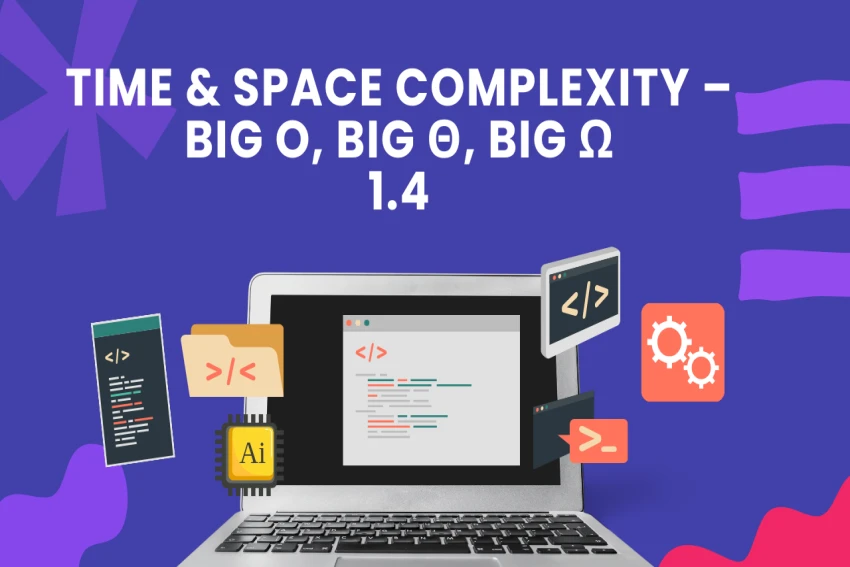
1.4 Time & Space Complexity – Big O, Big Θ, Big Ω When learning Data Struct...
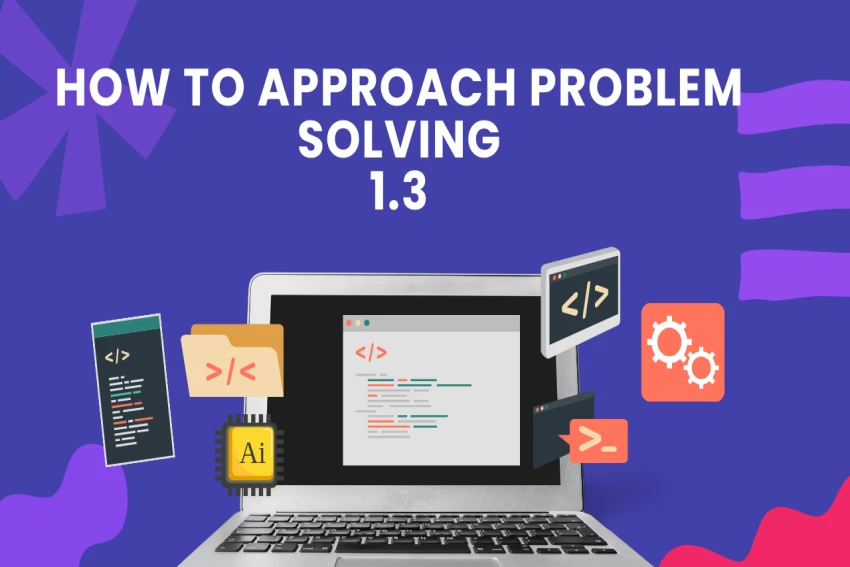
1.3 How to Approach Problem Solving One of the most valuable skills every developer must master i...
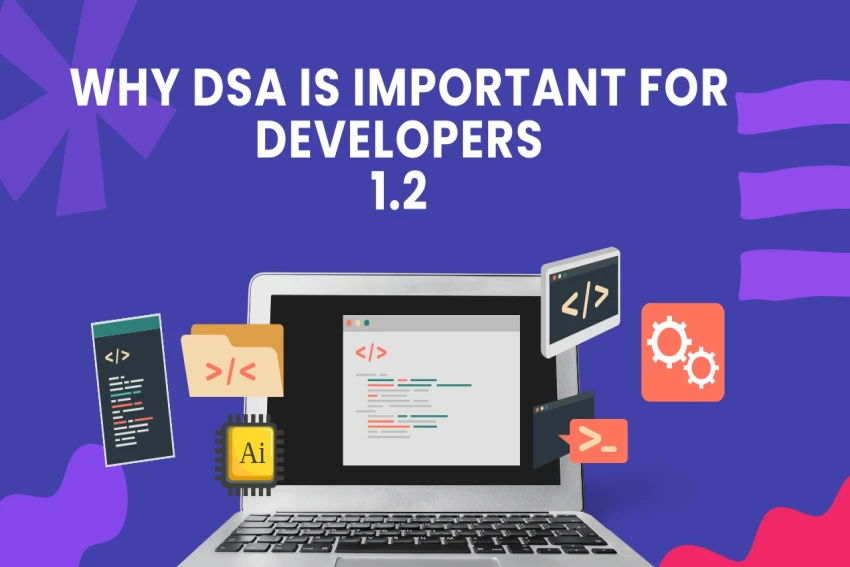
1.2 Why DSA is Important for Developers When it comes to building efficient and scalable software...
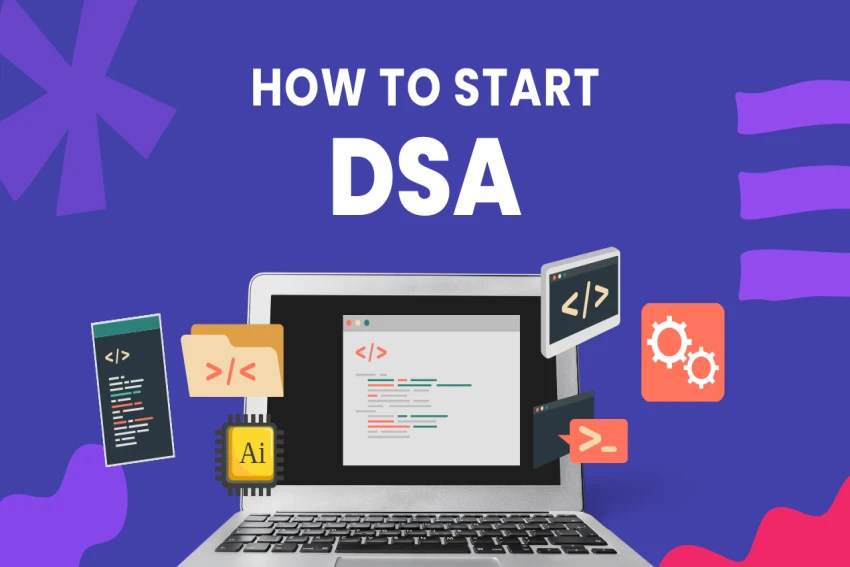
DSA Series – Table of Contents 1. Introduction to DSA 1.1 What is Data Structures and Al...